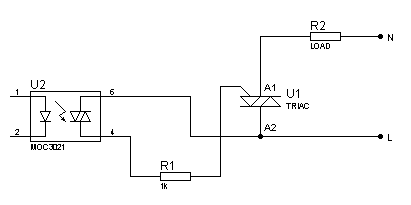Tahmid
Advanced Member level 6
- Joined
- Jun 17, 2008
- Messages
- 4,756
- Helped
- 1,798
- Reputation
- 3,588
- Reaction score
- 1,656
- Trophy points
- 1,413
- Location
- Berkeley, California
- Activity points
- 30,584
Thanks for pointing that out. I didn't know about the symbol. Anyways, the circuits above should work. :smile: I'll put up a fixed diagram.
Last edited:
